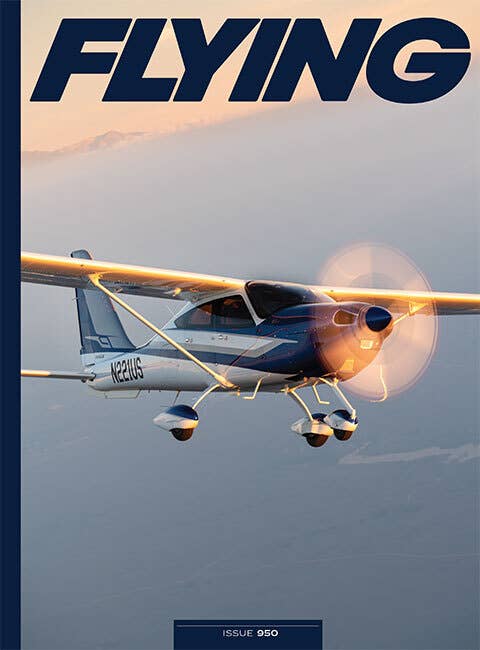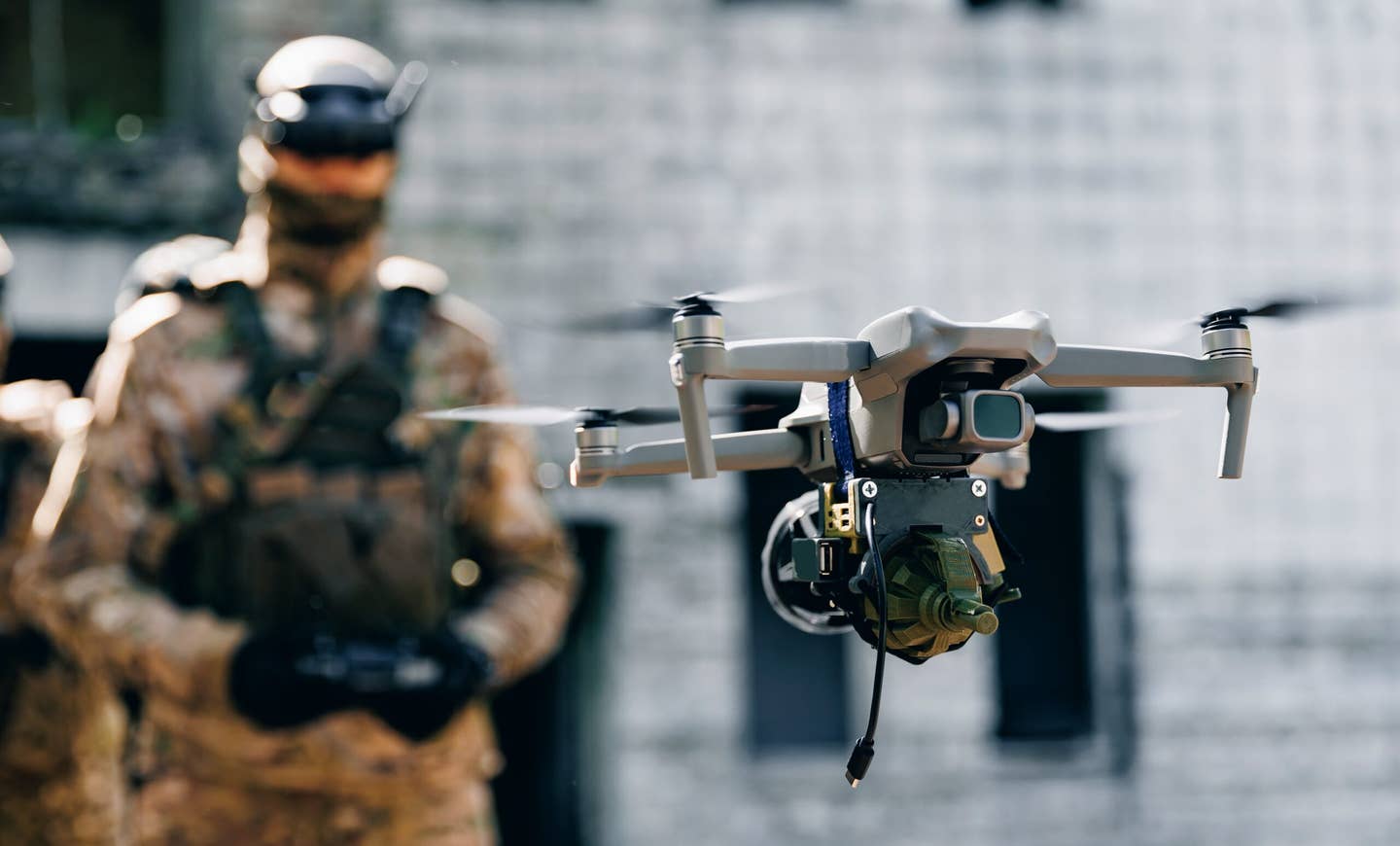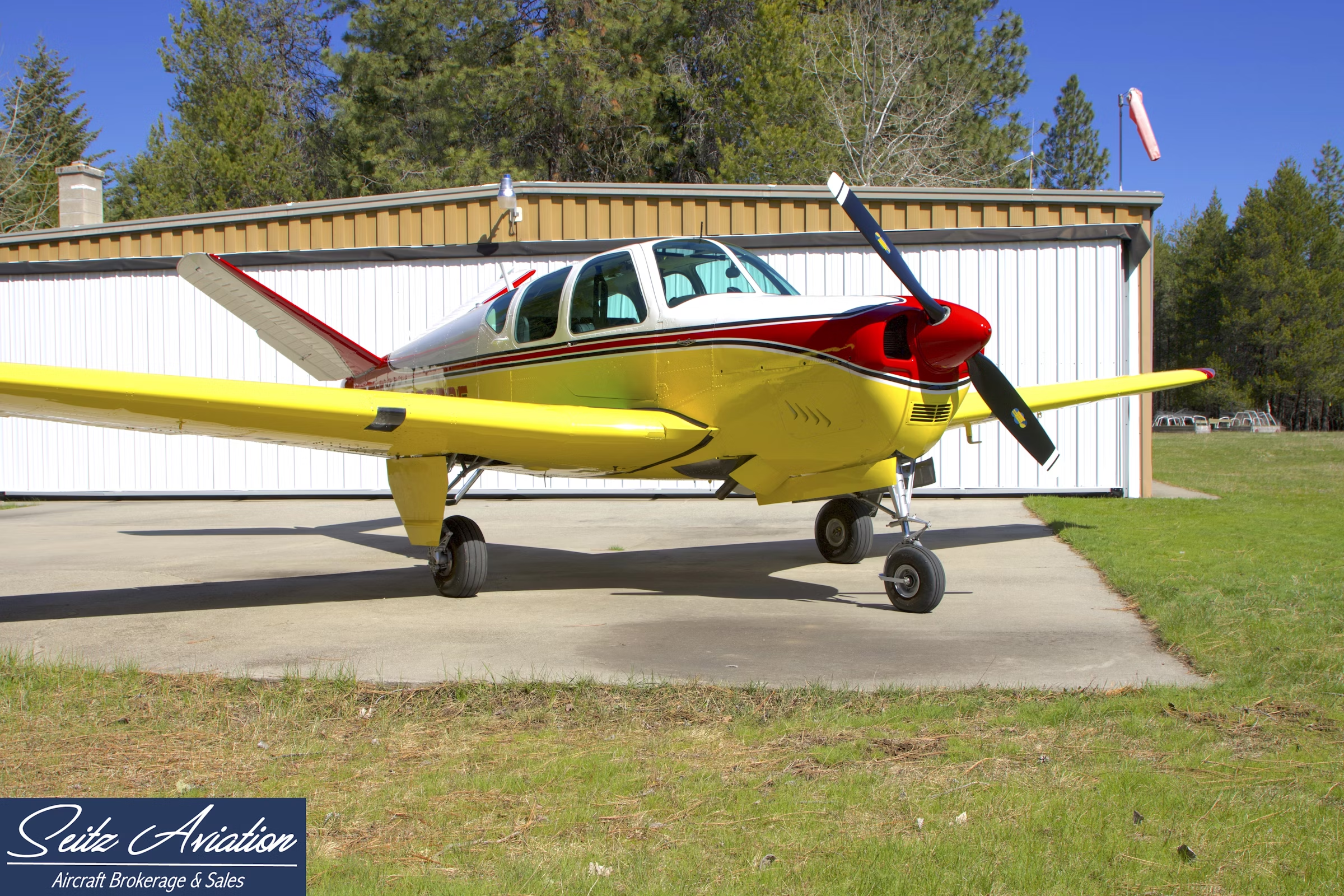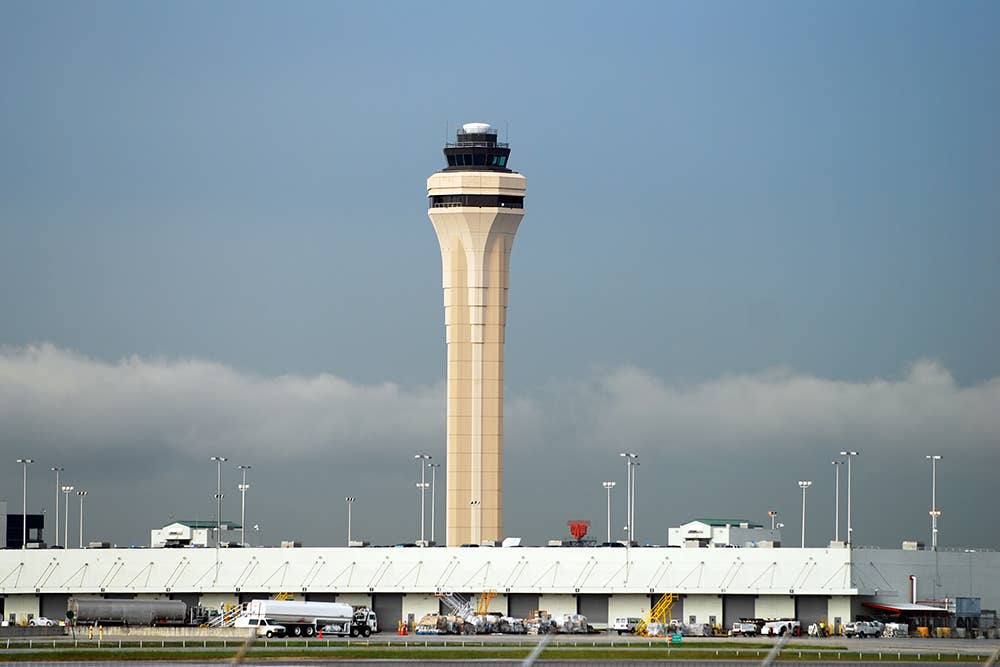For a Pilot, It’s Always Better to Be Safe Than Sorry
This was not a get-there-itis moment but a mere get-up-itis moment.
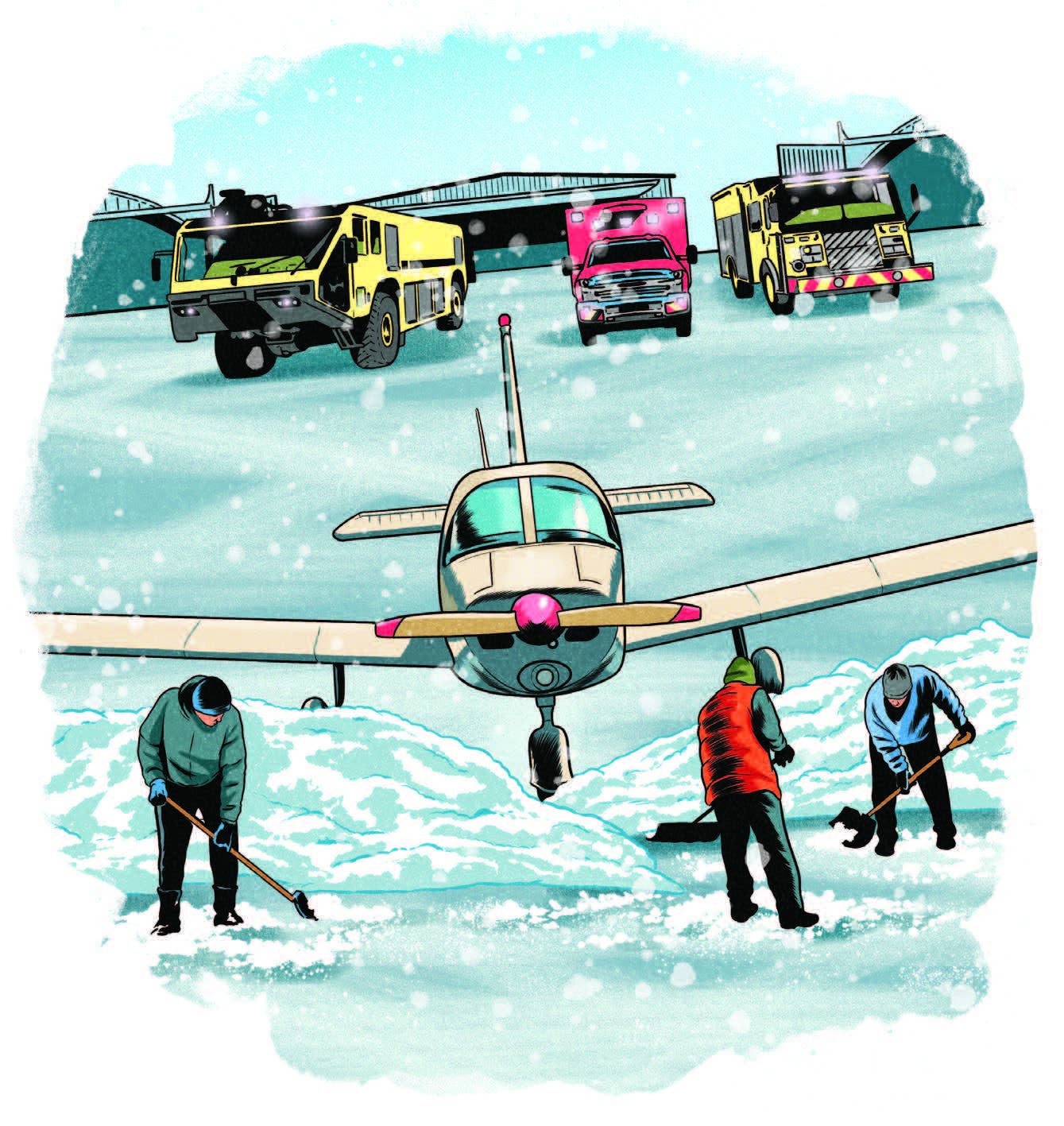
[Illustration: Joel Kimmel]
Two hundred years! At least it felt like that long since I flew the last time on that day in January.
In reality, when looking at my logbook, it was a mere six weeks. But that feeling of it being forever since I last flew would haunt me for the rest of the day. And weeks to come too. But on my drive to the airport that Sunday morning, I knew nothing of it.
If you're not already a subscriber, what are you waiting for? Subscribe today to get the issue as soon as it is released in either Print or Digital formats.
Subscribe NowThe roads were cleared of snow and with great weather. No clouds, just a winter sun and almost calm wind—it could not have been better. Or so I thought. The first hiccup came when I swiped my airport access card, got the green light, and tried opening the gate. Nothing. It did not budge one inch.
I could squeeze my boot in between the bars and kick away some of the ice and snow that blocked the gate at the bottom, and after a good 10 minutes of this, I finally managed to open the gate just enough to get in.
I was still catching my breath from the boot kicking when I got to the hangar and realized that not only were the hangar doors frozen solid, but the concrete floor in front of them had to be cleared of snow as well.
- READ MORE: There Are Consequences to Making a Gear-Up Landing
With a good jerk, the hangar doors opened, and after 20 minutes of shoveling snow, I could finally get the airplane out. A beautiful well-maintained 1965 Piper Cherokee 140. Finally! Still catching my breath, I got in, got settled, and got out the checklist. I always—even when in a hurry—use the checklist. Well, almost always as it would later turn out.
I pushed the starter and waited for that engine noise to bring in the hope of a marvelous flight in the best winter weather for weeks in Denmark. Nothing. The engine did not catch on. It spun the propeller once or twice but then fell silent. Now I started getting stressed and I wasn’t even going anywhere.
This was not a get-there-itis moment but a mere get-up-itis moment. I just wanted to fly.
Saddened and almost out of hope, I came to think of what I did last winter flying a high-wing LSA. It couldn’t start in the winter either, so after a conference with a mechanic, we used a booster on the battery. Could I boost a Piper Cherokee too? I decided against it since I hadn’t conferred with the aircraft mechanic on it. I then called my flight instructor in a sort of last-hope attempt.
“Do you know how to hand-prop an aircraft?”
- READ MORE: A Pilot’s Fueling Mystery Explained
HAND-PROP?! Wait…what?
“No, I’ve never tried that before.”
He wasn’t sounding very encouraging but told me how to do it. After we hung up, I turned off the mags, took out the key, and went outside again. Standing in front of the wing just right behind the prop in an inch of snow, I tried putting my hands where he told me. This is how people die. At the edge of the airport all by myself. I decided against it and came to the conclusion that was it. No flying today.
Dejected, I got in the Cherokee again—shivering from the cold—and started packing my stuff. In the back of my head I got this tiny thought. Push that button just one last time. I did, and by some miracle the engine started.
Filled with anticipation, I got taxi clearance from the tower and taxied around the hangar to the other side. What awaited almost made me cry. When the airport had cleared the taxiways, it had created a small wall of snow about 2 feet high covering the entire divide between the grass and our club hangar on one side and the taxiway (and super-large, almost-new business hangars) on the other. I then saw a small opening where the snow was a lot lower and the aircraft could fit through. I gave it some more throttle and…got stuck. The good ole Piper didn’t move.
- READ MORE: Old Adage for Pilots Still Applies: See and Avoid
I pushed the button.
“Billund Tower, OY-BBC, I’m stuck in the snow.”
“Do you need assistance?”
“Yup.”
“I’ll send a guy.”
A guy? Just one? I got out and walked back to the hangar and grabbed my good friend from before, the shovel. I was trying to dig out the airplane when they arrived. Four trucks—two of them the really large, yellow ones—from the airport firebrigade came to the rescue. These guys train for airplane fires and stuff like that, so they might have been a little disappointed to come to the aid of Cherokee stuck in the snow. Nevertheless they promptly started shoveling and pushing. One even almost started pushing on an aileron, but a quick yell from me prevented a bigger disaster.
We got the airplane towed out onto the taxiway, and they left again with a huge “thanks” sent from me. I got back in, started up (the engine was warm by now), and got back to ATC. I thanked ATC for being so kind and sending a rescue party. The reply? “We thought you had fallen in the snow, so we are only glad to hear that you are OK.” I truly appreciate the kindness from both the fire brigade and ATC. And now I was finally ready to fly.
I got cleared for visual takeoff at Runway 09 at Billund Airport (EKBI) with a right turn out. The weather was still absolutely perfect, and the wind was not a factor at all. I pushed the throttle all the way and started down the runway.
Fifty feet up, I felt cold air on my right hand. Weird. I stared ahead at the ASI and out in front but managed to move my right hand over to the right fresh-air vent. Nothing. Double weird.
A few hundred feet higher, I finally took a glance to the right. The door was open. THE DOOR WAS OPEN! I didn’t use the checklist after the airplane got out of the snow! I flew the airplane up to a safer height and did what my instructor had told me in training: I got the door shut and kept flying.
While flying, a thought started nagging in the back of my head. When I was stuck in the snow, did the prop spin up some of it? And if it did that, did the prop then hit snow? Could I have hurt the prop or the engine? I turned for home and landed again. I was sure—99 percent—that the prop never hit anything but that last percent. Better safe than sorry. I called the chairman of the flying club, and they didn’t react with anger at all. Instead he was just glad that I admitted to what happened, and he got the mechanic to inspect the plane while it stayed grounded for the next few weeks.
Nothing ever happened to the prop or engine, but I sure learned a lot from that day. Never let the urge to fly overcome your urge to be safe. Oh, and people in aviation are superb.
This column first appeared in the February Issue 955 of the FLYING print edition.
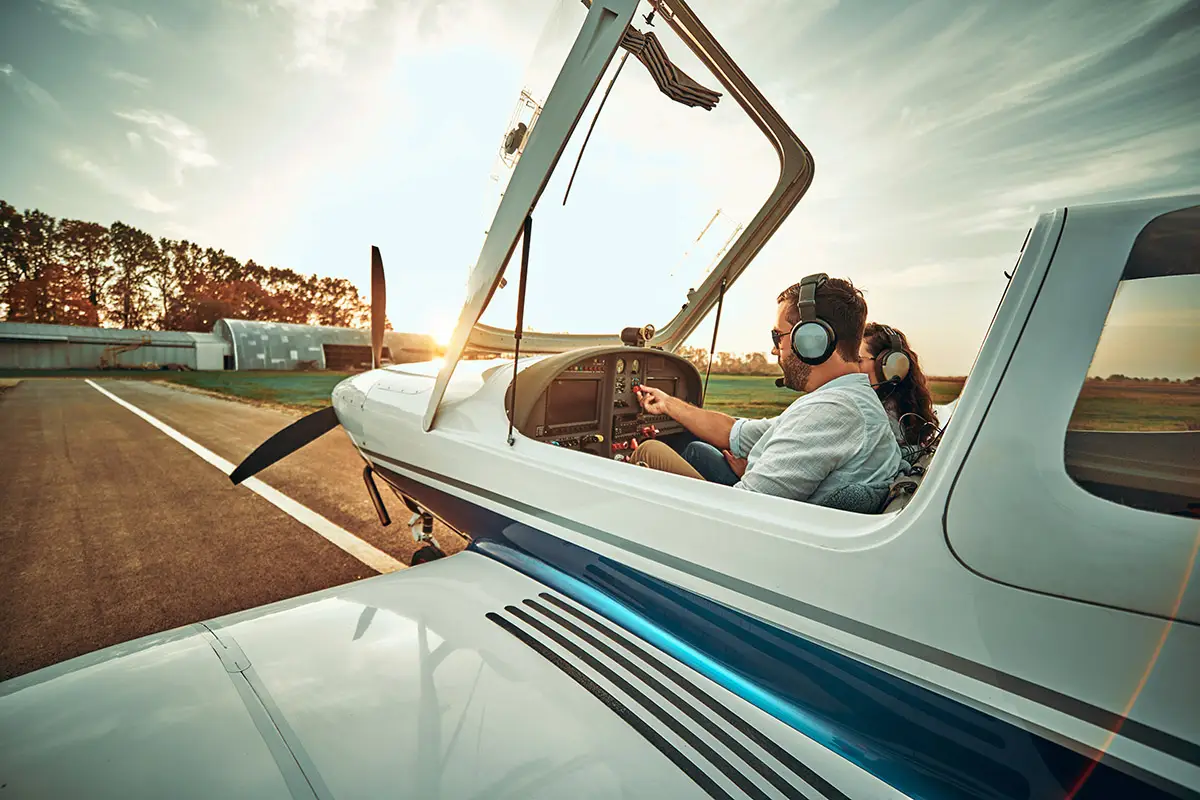
Sign-up for newsletters & special offers!
Get the latest FLYING stories & special offers delivered directly to your inbox

